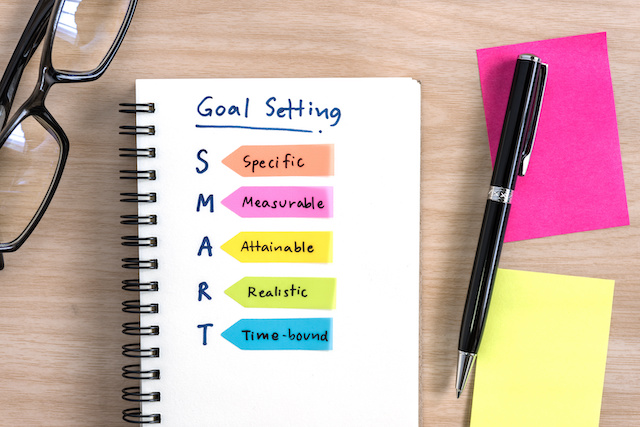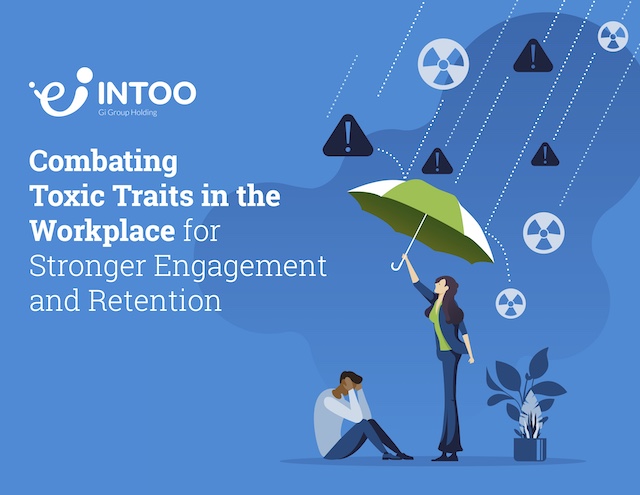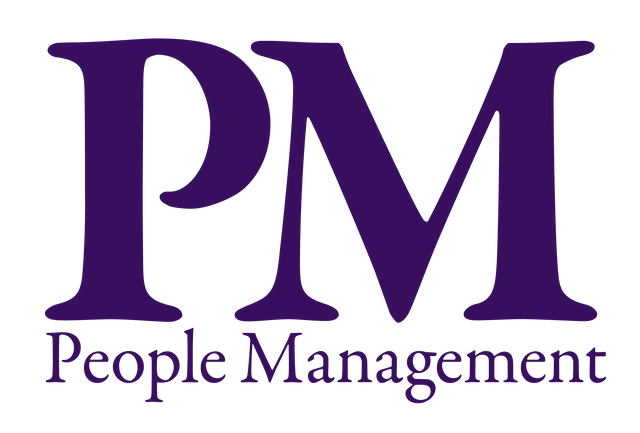Setting employee goals at work is a fundamental practice for organizations aiming to achieve their objectives and improve employee career development & growth. Effective goal setting is a win-win for both employees and employers, leading to improved job satisfaction, productivity, and overall success in the workplace.
What Is Goal Setting for Employees?
Setting employee goals at work is a crucial aspect of management and personal development. Goal setting involves using a series of short-term targets contributing to a long-term accomplishment. Clear and achievable goals serve as guiding lights, infusing every task with purpose and direction and helping to motivate employees. They become the driving force propelling individuals towards excellence in their roles. These goals act as a unifying force, ensuring that each employee’s efforts seamlessly contribute to the organization’s objectives.
Why Is Goal Setting Important?
In today’s fast-paced business environment, setting employee goals serves several purposes:
Motivation and focus
Employees who have specific goals are more motivated to work towards them. It gives them a sense of purpose and direction in their daily tasks.
Performance enhancement
Goal setting encourages employees to improve their skills and performance. They are constantly striving to meet or exceed their targets, which can lead to higher productivity and efficiency.
Alignment with organizational objectives
Setting clear goals ensures that employees’ efforts are in sync with the company’s goals and vision. This alignment is essential for achieving overall success.
Feedback and evaluation
Goals provide a basis for regular performance evaluations. Managers can provide feedback based on how employees are progressing toward their goals, allowing for constructive discussions.
Professional development
Goal setting allows employees to identify areas where they want to grow and develop. It encourages continuous learning and personal improvement.
Employee Goal-Setting Examples
To understand the practical application of goal setting for employees, here are four examples:
1. Sales target achievement
Setting and achieving sales targets is crucial for individuals in sales roles. These goals provide a clear direction and motivation for sales professionals. By aiming to increase quarterly sales by 15%, for example, employees commit to specific outcomes. To achieve this, they identify strategies such as expanding their client base by reaching out to new potential customers, improving their product knowledge to address customer inquiries effectively, and enhancing customer relationships to secure repeat business. These actions can benefit the individual by increasing their commissions or bonuses while also contributing to the organization’s revenue growth and overall success.
2. Skill development
Continuous upskilling for employees is vital as technologies and trends evolve. An employee in a technical role may set a goal to attain a new certification or master a specific skill within six months. This objective benefits both the individual and the organization. As the employee gains new skills or certifications, they become more versatile and better equipped to handle challenging tasks. For the organization, it means having a workforce that can continually adapt to frequent industry changes, potentially leading to increased efficiency and competitiveness.
 3. Project milestones
3. Project milestones
Project-based work often involves multiple team members collaborating to achieve specific goals. Having project milestones in place is crucial for keeping everyone on the same page. This alignment helps to ensure that the project progresses according to established deadlines. By setting milestones, employees can monitor their progress, identify potential bottlenecks, and allocate resources effectively. This goal-setting approach helps mitigate delays and cost overruns, ultimately ensuring successful project completion and client satisfaction.
4. Customer satisfaction
Employees who interact directly with customers play a vital role in maintaining and improving an organization’s reputation. Setting a goal to maintain a high level of customer satisfaction through surveys and feedback is a strategic move. It keeps employees focused on delivering excellent service, addressing customer concerns promptly, and consistently exceeding customer expectations.
5 Tips on How to Set Employee Goals at Work
Setting employee goals effectively requires a thoughtful approach. For easy memorization and effective results, use the SMART (Specific, Measurable, Achievable, Relevant, Time-bound) framework for successful goal setting.
1. Specificity
Specific goals are vital in business as they eliminate ambiguity. They offer a clear roadmap, defining what, who, and when. This clarity facilitates communication and motivation. For example, a specific goal could be: “The Sales Manager leads a 15% increase in monthly sales revenue in the Southeast region by Q4’s end.” Such precision fosters accountability, aligning teams toward shared objectives. It ensures everyone comprehends the desired outcome, leaving no room for doubt. In summary, specificity acts as a compass, guiding employees, promoting efficiency, and fostering unity in pursuing common goals, ultimately resulting in increased productivity and success for the organization.
2. Measurable outcomes
Measurable goals enable quantifiable assessment of progress, ensuring clarity in tracking advancements and determining when a goal has been successfully achieved. By defining specific metrics, employees can chart their journey toward the goal and gauge their performance. This measurement provides a clear sense of accomplishment and helps identify areas that may require adjustment or additional effort.
For instance, if the goal is to “increase website traffic by 20% in six months,” the measurable outcome is the percentage increase in website traffic within the specified timeframe. This measurable criterion allows employees to continuously monitor their progress and make necessary changes to their strategies if they are not on track to meet the goal.
3. Achievable and realistic
While goals should inspire employees to stretch their abilities, they must also be within reach. Setting unattainable or excessively ambitious objectives can backfire, leading to frustration and demotivation. It’s crucial to align goals with the employee’s skills, available resources, and the prevailing business environment.
For example, expecting a junior employee to ascend to the position of department head within a year might not be realistic. Such a goal could overwhelm them and hinder their progress. Instead, setting a goal for them to take on a leadership project as a developmental step would be more achievable. This approach acknowledges their current abilities and provides a clear path for growth, while maintaining motivation and promoting steady progress.
 4. Relevance
4. Relevance
Goals must align with the employee’s role and the organization’s overarching objectives. When employees perceive a direct connection between their goals and the company’s success, they become more motivated to pursue and achieve them.
For instance, consider a software developer specializing in front-end development. Setting a goal related to back-end coding might not be relevant to their primary responsibilities and could lead to a lack of enthusiasm or focus. Instead, they could set a goal to enhance their expertise in front-end technologies, directly contributing to their professional growth and the organization’s efforts to improve the user experience.
5. Time-bound
Time-bound goals are a fundamental aspect of effective goal-setting. They introduce accountability and urgency by defining specific timeframes or deadlines for goal completion. This time element ensures that employees remain focused and driven to achieve their objectives, preventing procrastination and aimless efforts. Without a well-defined timeframe, goals can linger indefinitely, leading to inefficiency and missed opportunities.
For instance, a time-bound goal could be: “Launch the new product feature by the end of the third quarter to capitalize on the upcoming holiday season.” In this scenario, the deadline of the third quarter serves as a clear endpoint for the project, motivating timely action and ensuring that the feature is ready to maximize its impact during the holiday season. Time-bound goals not only enhance accountability but also contribute to effective time management and goal attainment within the organization.
How to Implement Employee Goal Setting in the Workplace
Implementing employee goal setting effectively in the workplace involves a systematic approach with five parts:
1. Communication
Clearly communicate the goals to employees. Explain why these goals matter and how they tie into the organization’s success. Encourage questions and discussions to ensure everyone is on the same page.
2. Individualization
Recognize that each employee is unique. Tailor goals to individual strengths, weaknesses, and career aspirations. This personalized approach can enhance motivation and engagement.
3. Monitoring and feedback
Regularly track progress and provide constructive feedback through 360 reviews and other methods. Use key performance indicators (KPIs) and metrics to measure success. Adjust goals as necessary based on performance.
4. Recognition and rewards
Acknowledge and reward employees who meet or exceed their goals. Recognition is often motivating. Having a program in place to recognize employees can create a culture of achievement within the organization.
5. Continuous improvement
Continuously evaluate and refine the goal-setting process. Solicit feedback from employees to identify areas for improvement and make necessary adjustments.
Conclusion
By following the tips outlined in this guide and implementing a well-structured goal-setting process, you can drive motivation, enhance performance, and align your team with the broader goals of your organization. INTOO can support your employee goal setting with expert career coaching, training, workshops, and other career development programming. Contact us to learn how we can make a difference for you and your employees.


 3. Project milestones
3. Project milestones 4. Relevance
4. Relevance








